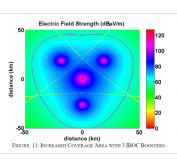
Abstract FM single frequency networks (SFNs) are recognized by the FCC as fill-in booster stations and are in common use for…
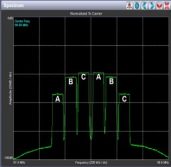
Abstract With increased saturation of the VHF band II used for FM, few frequencies are available for new radio stations in…
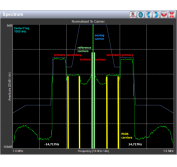
Abstract Recent tests have been performed by the NAB to assess the viability of the all-digital AM IBOC mode, MA3. Hybrid…
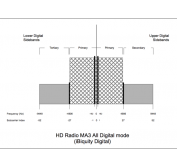
This paper examines the changes in AM and the move to digital — HD Radio™ Technology and Digital Radio Mondiale – DRM.

Instructions on using a simple, fast online VHF/UHF coverage mapping and point to point analysis worldwide (Part of the Nautel RF Toolkit)
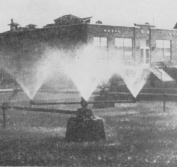
This paper examines the relative advantages and disadvantages of air vs. water-cooling for high power HD Radio hybrid FM transmitters.
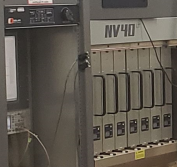
The physical trade-offs of small vs. tall transmitters and rack-mountable vs. self-standing integrated racks
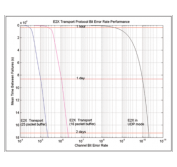
As more stations move to digital transmissions, transporting the IBOC signal from the studio to the transmitter is proving to be more of a challenge than anticipated. The manufacturers have identified various problem areas, and solutions are starting to filter out to the field.
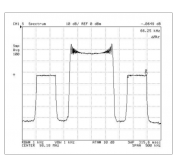
The objective of this paper is to demonstrate improvements that can be achieved to the FM broadcast signal, both analog and digital, by the use of pre-equalization at the exciter stage.
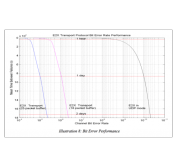
The introduction of the generation 3 digital radio systems broadcast architecture transforms the broadcast system from an audio based broadcast system to a general digital data broadcast system.
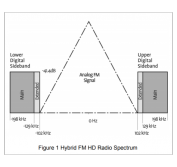
This paper presents theory and measured performance of digital adaptive pre-correction under unstable environmental conditions. Comparison is made between fixed pre-correction curves and adaptive pre-correction under typical conditions at broadcast sites.
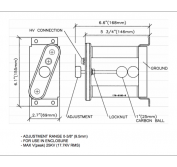
A good transmitter site can ensure many years of reliable performance, while a bad site will result in unpredictable or unsatisfactory performance.
 Loading more
Loading more